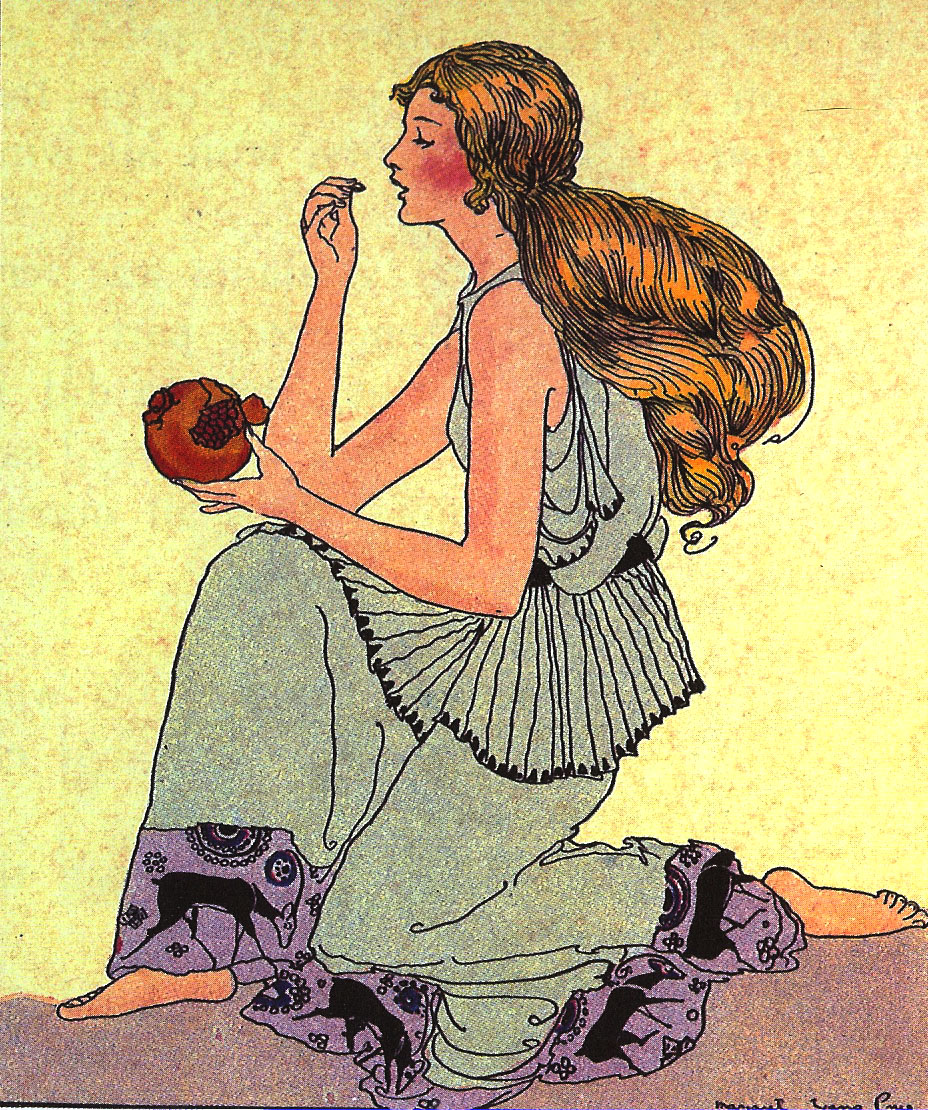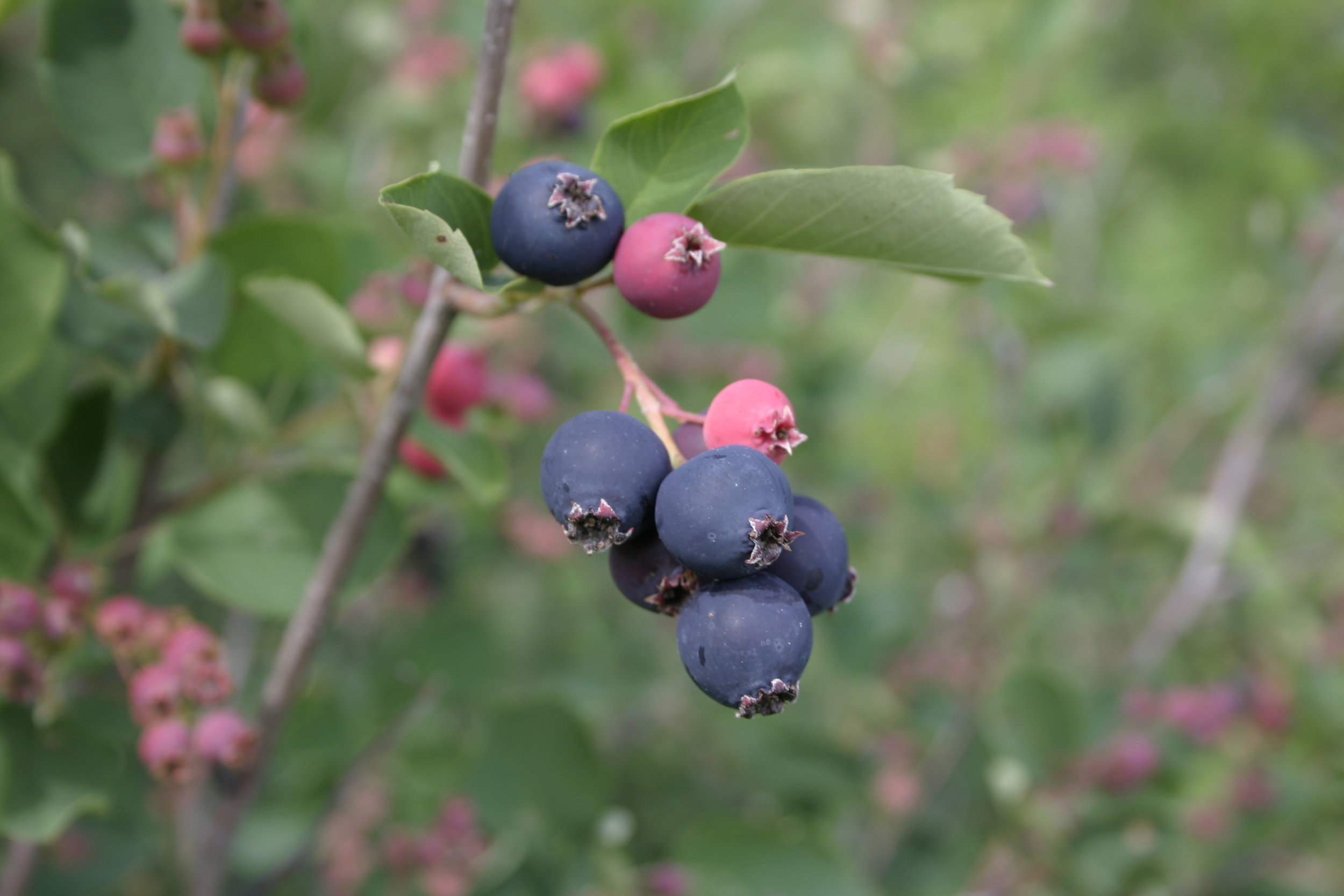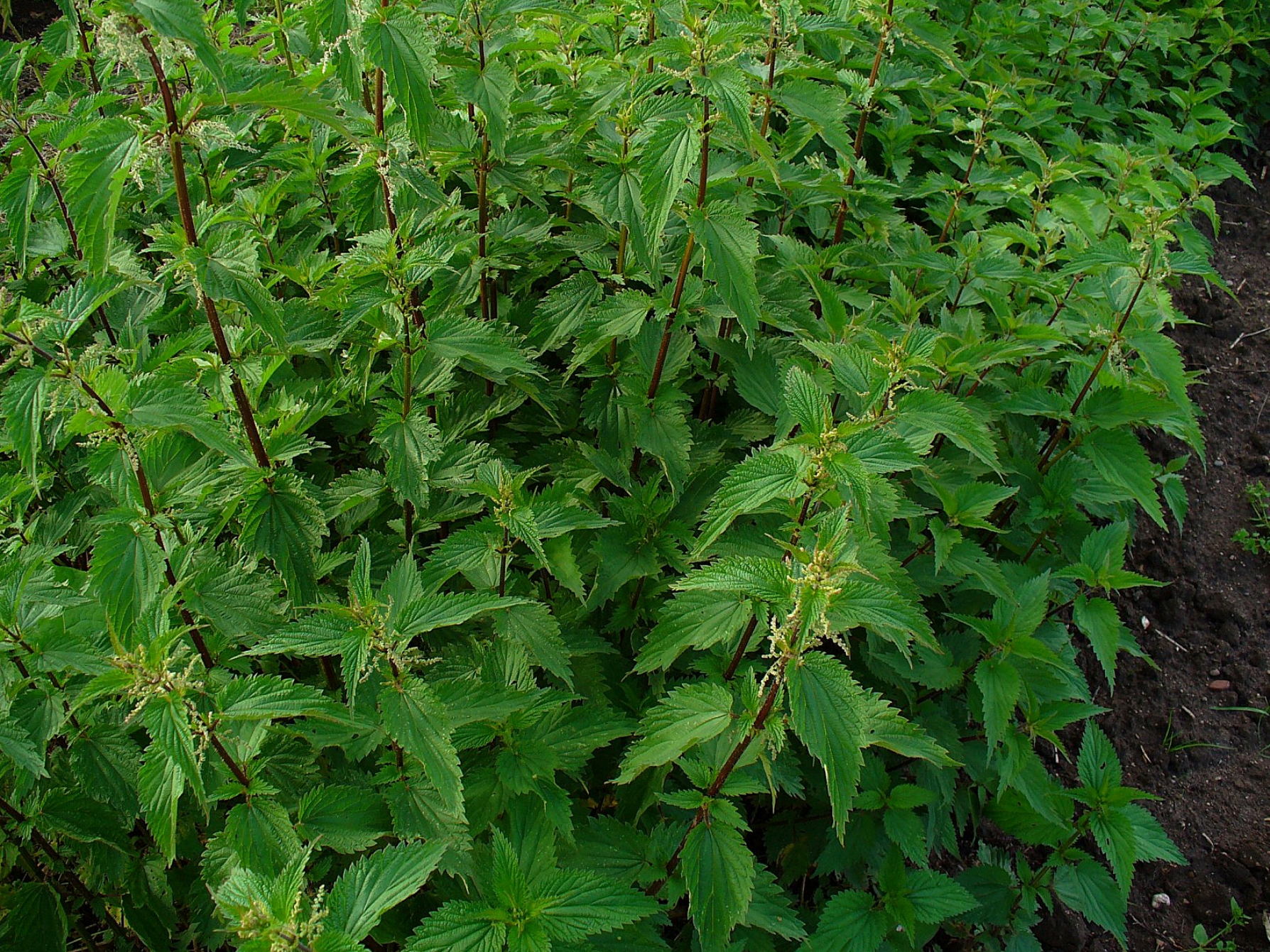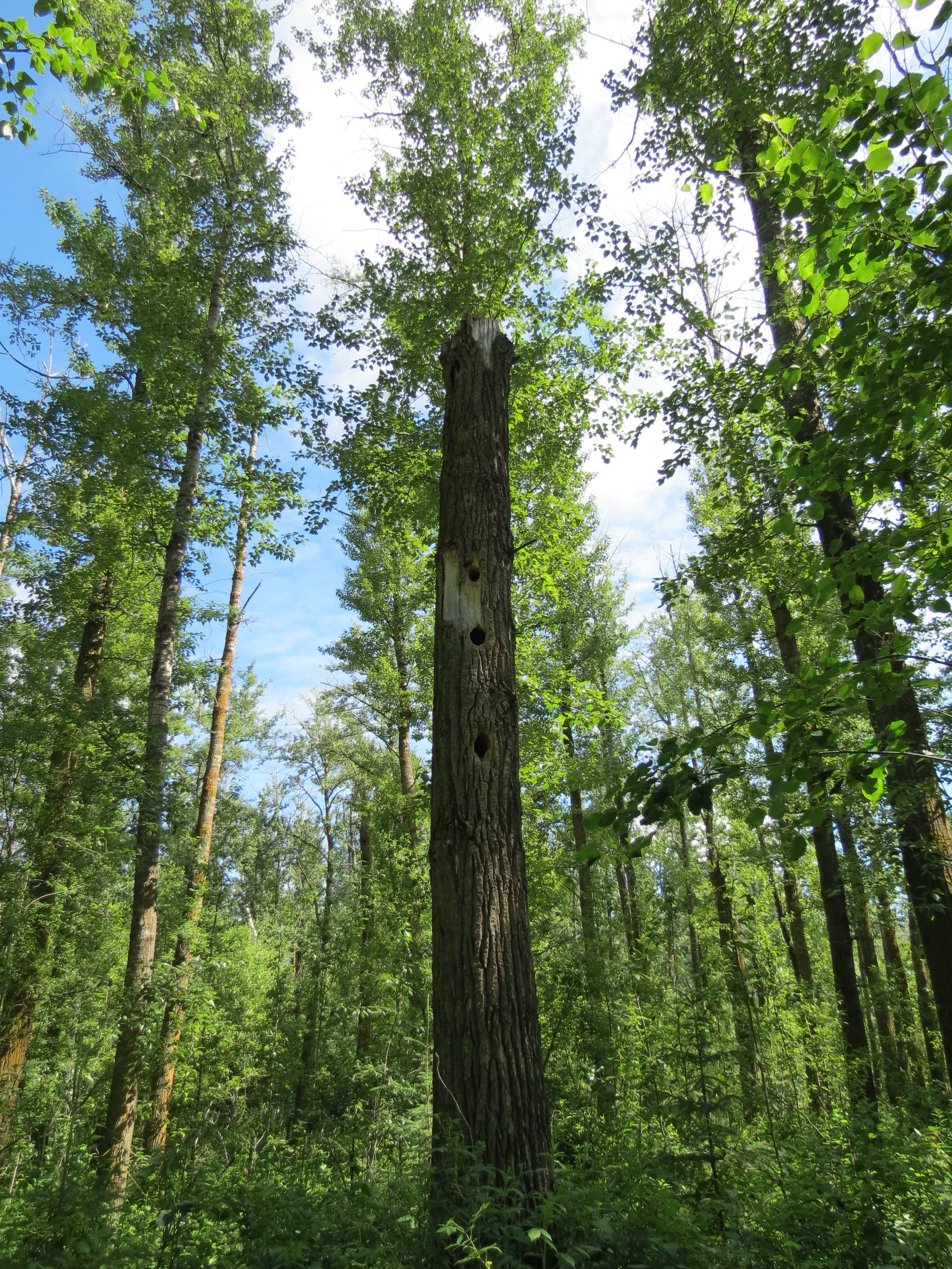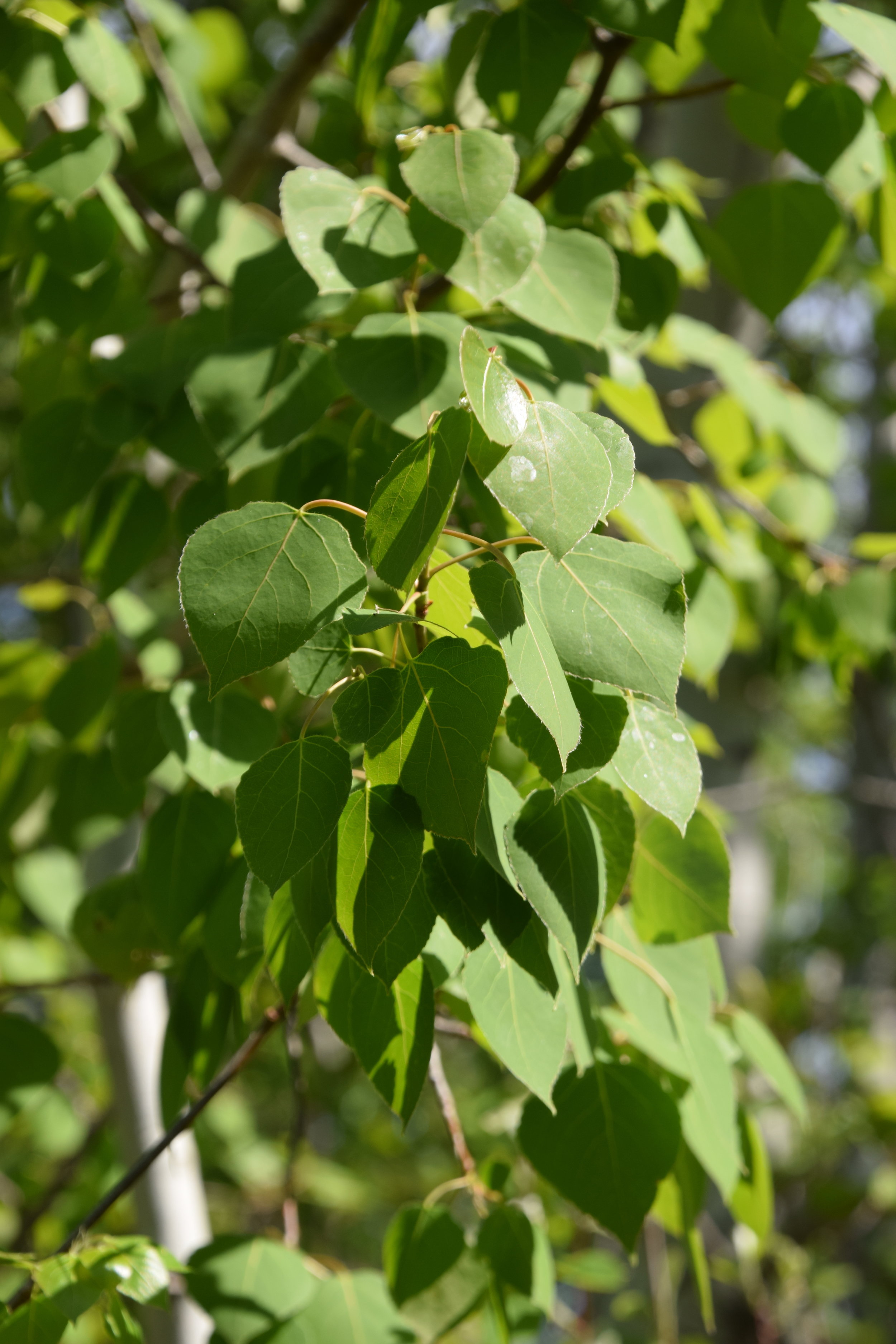Pasture sagewort (Artemisia frigida)
Pasture sagewort is a perennial herb with medicinal importance found in overgrazed pastures and dry prairie grasslands.
Photo by Matt Lavin on Flickr.
Why it matters to us
Photo by Matt Lavin on Flickr.
Pasture sage is important medicinally for many Indigenous peoples, including the Cree, Métis, and Dene.
Important food source and shelter for greater sage-grouse, as well as many animals.
It is a good ground stabilizer in areas of disturbed soil.
How You Can Help
Support protected areas in the Edmonton region (such as EALT!). You can donate or volunteer your time to help with conservation efforts.
Use your voice to advocate for the protection of grasslands, which are at-risk habitats where pasture sagewort is often found.
How to Identify
Photo by Brett Whaley on Flickr.
Basal leaves, very deeply divided into linear silvery-grey segments covered in fine hair.
Small yellow flowers in branching clusters.
Stems usually grow 10-50cm tall.
The leaves emit a sage-like scent when crushed.
Photo by Matt Lavin on Flickr.
Photo by CAJC: in the PNW on Flickr
Where to Find
Prairie sagewort is usually found in dry prairie grasslands, south-facing slopes, grazed pastures.
It is widespread throughout southern and central Alberta.
Food Chain
Eaten by elk, mule deer, bighorn sheep, and pronghorn, as well as small mammals like ground squirrels and rabbits. It is also eaten by the larvae of many butterfly/moth species.
Sources
Plants of the Western Boreal Forest and Parkland (Johnson, Kershaw, MacKinnon, Pojar)
Aboriginal Plant Use in Canada’s Northwest Boreal Forest (Marles, Clavelle, Monteleone, Tays, Burns)















